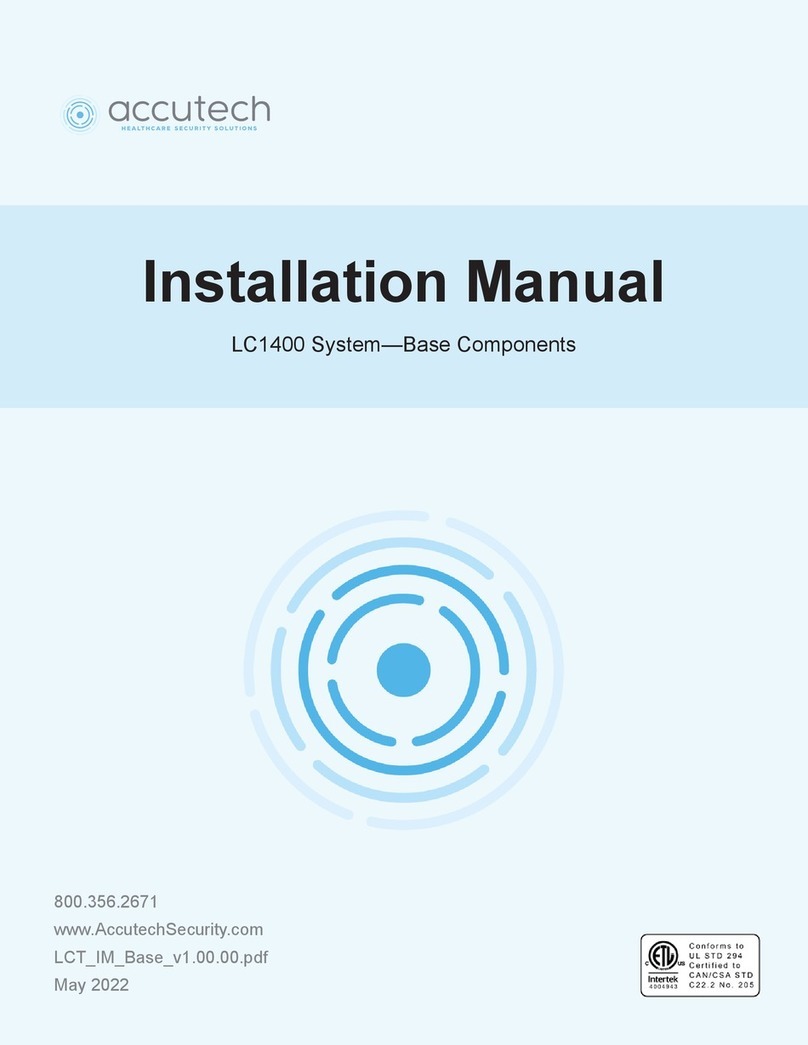
iii Preface LC 1200 Manual
ICS/ACCUTECH LIMITED WARRANTY
Innovative Control Systems, Inc. (ICS) warrants its Accutech™ equipment (Product) against
defect in materials and workmanship under normal use for a minimum of one (1) year and up to
four (4) years depending on contract from the date of product shipment.
Defective equipment will be either repaired or replaced at ICS’ discretion, free of charge to the
Customer during the warranty period. ICS will supply labor depending on contract to repair or
replace defective equipment, free of charge, during the warranty period only if ICS or an ICS-
certified subcontractor hired by ICS installed such equipment.
In addition, ICS warrants its Accutech™ LC 1200 System Tags against defects in materials and
workmanship under normal use and service for a period of one (1) year from the date stamp.
If a Tag fails during the warrant period due to defects in material and workmanship, ICS will
replace the Tag, free of charge, although overnight shipping charges may apply.
Furthermore, the express limited warranty of ICS shall be the sole and exclusive warranty of ICS,
and ICS hereby disclaims all other warranties, express, implied or statutory, including but not
limited, all other implied warranties of merchantability or fitness for a particular purpose. In no
way should ICS be liable for special, incidental, or consequential damages. ICS reserves the right
to change such limited warranty from time to time upon thirty (30) days written notice.
ICS assumes no responsibility if any Product shall fail to function during any warranty period by
reason of any one or more of the following causes:
Abuse or misuse of the Product or failure to operate the Product in accordance with
operating instructions or specifications.
Improper preventive maintenance of the Product.
Alteration or modification of the Product not specifically approved in writing by ICS.
Improper installation, repair, modification, or servicing the Product performed by any
unauthorized service personnel.
Equipment or cabling damaged by unauthorized personnel knowingly or unknowingly.
Use or operation of the Product in conjunction with any accessories or auxiliary equipment
not specifically approved in writing by ICS.
Acts of God, including, but not limited to, natural disaster, fire, explosions, flood, accidents
and the like.
24-hour, 7-days-a-week, 365-days-a-year over the phone technical support at 1-800-356-2671




























